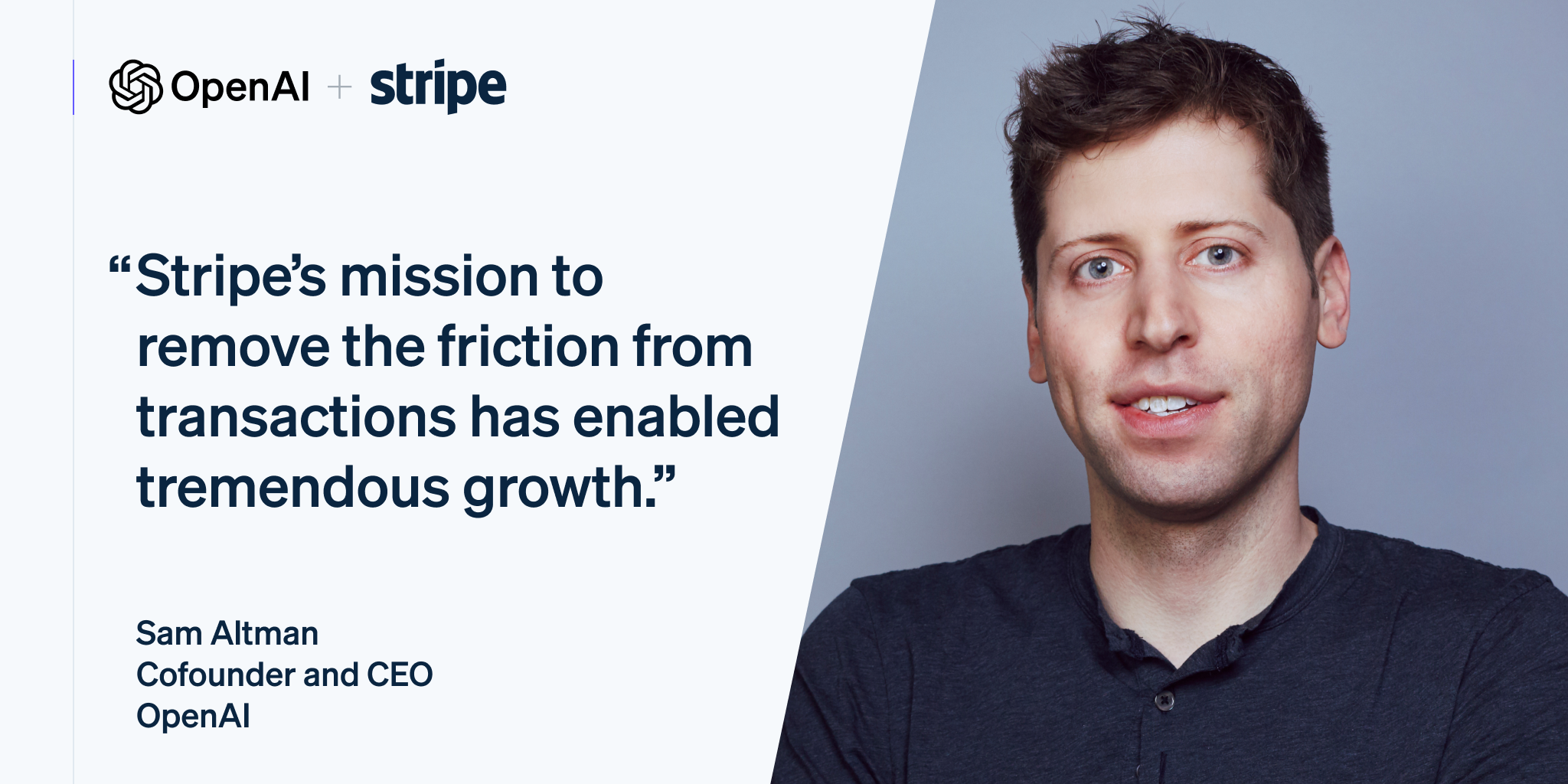The digital commerce landscape is entering a new era, and much of that transformation can be traced to OpenAI and Stripe checkout. By merging conversational AI with streamlined payment processing, the two companies have created a system that allows customers to search, decide, and purchase products all within a single chat. This innovation does not just enhance convenience, it redefines the online shopping experience from end to end. As more merchants explore this model, the ripple effects could alter everything from consumer behavior to retail competition.
How OpenAI and Stripe Checkout Works
The collaboration between OpenAI and Stripe is powered by the Agentic Commerce Protocol (ACP), an open standard designed to make digital purchases seamless, secure, and fast. In practical terms, this means that when a user asks ChatGPT for a recommendation—such as “Find me the best wireless headphones under $150”—the system can respond with product options and, if enabled by the merchant, provide a “Buy” option directly in the chat window.
Instead of clicking away to multiple websites, filling out lengthy forms, or navigating different shopping carts, the user confirms payment and shipping details in one interaction. The purchase is then executed using Stripe’s payment infrastructure, with tokenized credentials that protect security and minimize exposure. Merchants receive the order details directly, maintain control over fulfillment, and continue their relationships with customers as before.
By abstracting away the traditional shopping cart and checkout funnel, OpenAI and Stripe checkout integrates the discovery and purchase stages in a way that feels intuitive, almost conversational, to the end user.
Why OpenAI and Stripe Checkout Matters
The significance of OpenAI and Stripe checkout lies in its ability to eliminate friction, a long-standing challenge in ecommerce. Cart abandonment, repeated logins, forgotten passwords, and complex checkout pages all contribute to lost revenue. A conversational checkout system, by contrast, reduces steps and offers users a smoother path to purchase.
For consumers, this is not just about speed but also about trust and personalization. ChatGPT can provide recommendations tailored to individual preferences, budgets, or needs, while Stripe ensures that payments remain secure. For merchants, this represents both opportunity and disruption. Those who adopt early can position themselves as innovators in a crowded market, while those who resist may risk losing visibility in AI-driven product searches.
Moreover, this system introduces a new revenue stream for OpenAI and Stripe, while giving smaller merchants a way to compete with giants. Since recommendations are based on relevance rather than ad placements, even emerging brands can gain exposure within ChatGPT’s conversational environment.
Challenges Facing OpenAI and Stripe Checkout
No innovation comes without obstacles, and OpenAI and Stripe checkout is no exception. Several challenges could influence how quickly and widely this system is adopted.
Security and privacy remain top of mind. While tokenization and scoped payment authorizations protect sensitive data, users must feel confident that their information is safe. A single misstep in security could undermine trust in the entire ecosystem.
Merchant adoption presents another challenge. Integrating ACP and supporting instant checkout requires technical adjustments, and while Stripe is simplifying the process, not every merchant has the infrastructure or resources to implement changes quickly. Smaller retailers, in particular, may struggle with onboarding.
There is also the issue of consumer behavior. Many shoppers are accustomed to browsing websites, comparing products visually, and reading reviews before making decisions. Shifting them toward trusting an AI agent to both recommend and process a purchase will take time. Widespread adoption may depend on gradual cultural shifts in how people view AI-assisted decisions.
The Future of Conversational Commerce
The partnership between OpenAI and Stripe represents a broader trend often referred to as agentic commerce, where digital agents act as intermediaries for users. Instead of opening apps or websites, consumers simply tell their AI assistant what they need, and the assistant executes the task.
This future could include recurring subscriptions automatically renewed by AI agents, predictive ordering based on consumer habits, or bundled recommendations across multiple merchants in one checkout flow. Imagine telling ChatGPT to “reorder my last groceries and add something new for dinner” and having it handled instantly with Stripe’s payment backbone.
The implications are far-reaching. Search engines, online marketplaces, and even social media ads may see their influence diluted if more users begin relying on OpenAI and Stripe checkout as their primary path to purchase. Control over the customer journey could shift away from platforms and into the hands of AI agents.
What Merchants Should Do Now
For merchants, the rise of OpenAI and Stripe checkout is both a challenge and an opportunity. Preparing for this new era requires several strategic steps.
First, businesses should evaluate their digital infrastructure to ensure it can support ACP integration. Early adoption could provide a competitive advantage in visibility and sales. Second, product data should be optimized for AI interpretation, with clear descriptions, high-quality images, and structured metadata that improves discoverability. Third, brands should experiment with limited rollouts to learn how consumers respond before scaling widely.
Most importantly, merchants must invest in trust. Transparent policies, easy refund processes, and clear communication around AI-driven recommendations will be essential to winning consumer confidence.
Conclusion
The arrival of OpenAI and Stripe checkout is more than a feature update. It is a signal that ecommerce is moving toward a conversational, AI-driven era where product discovery and payment converge into a single, seamless interaction. While challenges remain in security, adoption, and consumer trust, the potential to transform online shopping is enormous.
For consumers, it means less hassle and more personalization. For merchants, it offers new channels for growth, but also the need to adapt quickly. And for the industry, it represents one of the clearest examples of how AI is not just shaping, but actively redefining, digital commerce.
As this partnership matures, one thing is certain: the simple act of asking and buying in a chat could soon become the standard way we shop online.
Read More






 Sunday, 16-11-25
Sunday, 16-11-25







